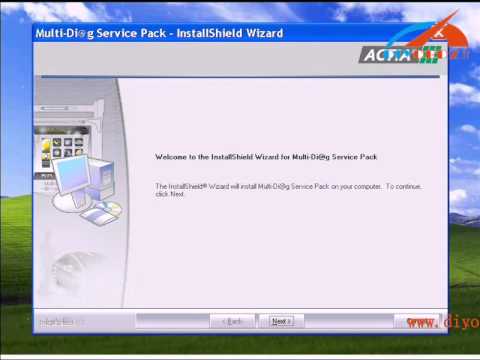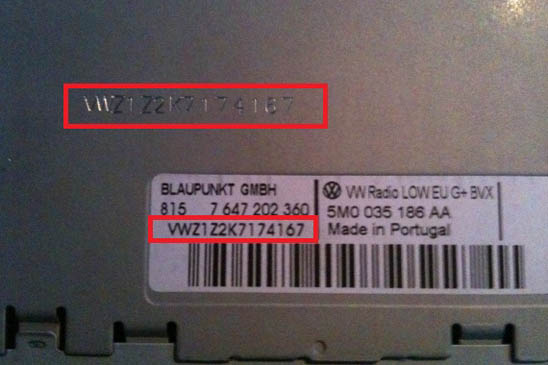



Show the attached HASP key for the DataManager server through the CSS Group License Manager, from the local CSS Group Installers folder or from, by clicking Show Attached Key: This indicates CSS Group Net Services licensing is set on the HASP key for three watch types. See Troubleshooting Issues below on page 20: Watch setting: Wait for File Copy feature Setup of the Net Services server Place the NetSvc folder in the same folder as the 4DClient.exe application. The suggested operation: o If the Duplicate (Command key-d) is used in the mounted ExtremeZ-IP volume and records are not being created for existing Mac duplicated files, then use the DataManager File Synch in the Job Files screen. It appears ExtremeZ-IP is not sending events for File System Monitor to record. Revision Date: 26 November 2008Ģ Settings for ExtremeZ-IP file server volumes (other versions not containing the Support Copy File Operations Advanced File Server setting) Note: There is a concern with using the Mac OS Duplicate files or folders command from the Finder on an ExtremeZ-IP volume. Click the Settings button and select the File Server Settings Find the Advanced File Server Settings and ensure that Support Copy File Operations is deactivated. Settings for ExtremeZ-IP file server volumes (version 4.1.1) Open the ExtremeZ-IP Administrator screen from the Windows Start menu. This is the location of the NetSvc folder. For example, you would launch and maintain a File System Monitor installation on: Internal DataManager Job File servers DataManager Web server with Virtual Workspaces Workflow server output directories DataManager Library volumes Note: There should be only one Net Services server, which would be a 4D Client, as opposed to services in Windows Computer Management. Each installation should be installed and configured to watch or listen on HTTP for local directory events.

1 Net Services: File System Monitor Settings for ExtremeZ-IP file server volumes.1 Setup of the Net Services server.2 Configuring and testing the Net Services server.3 Installing File System Monitor.4 Configuring File System Monitor.5 Setting a Watch: Internal Server Volume and Virtual Workspace.6 Setting a Watch: Workflow Volume.10 Setting a Watch: Library.11 File System Monitor Settings.13 File System Monitor Files and Extensions.16 Notifications.18 Setup in Windows Computer Management.20 Troubleshooting File System Monitor.20 Authentication.20 Permissions.21 Troubleshooting Issues.22 Net Services - File System Monitor File System Monitor watches specific paths or listens on HTTP for specific events.


 0 kommentar(er)
0 kommentar(er)
